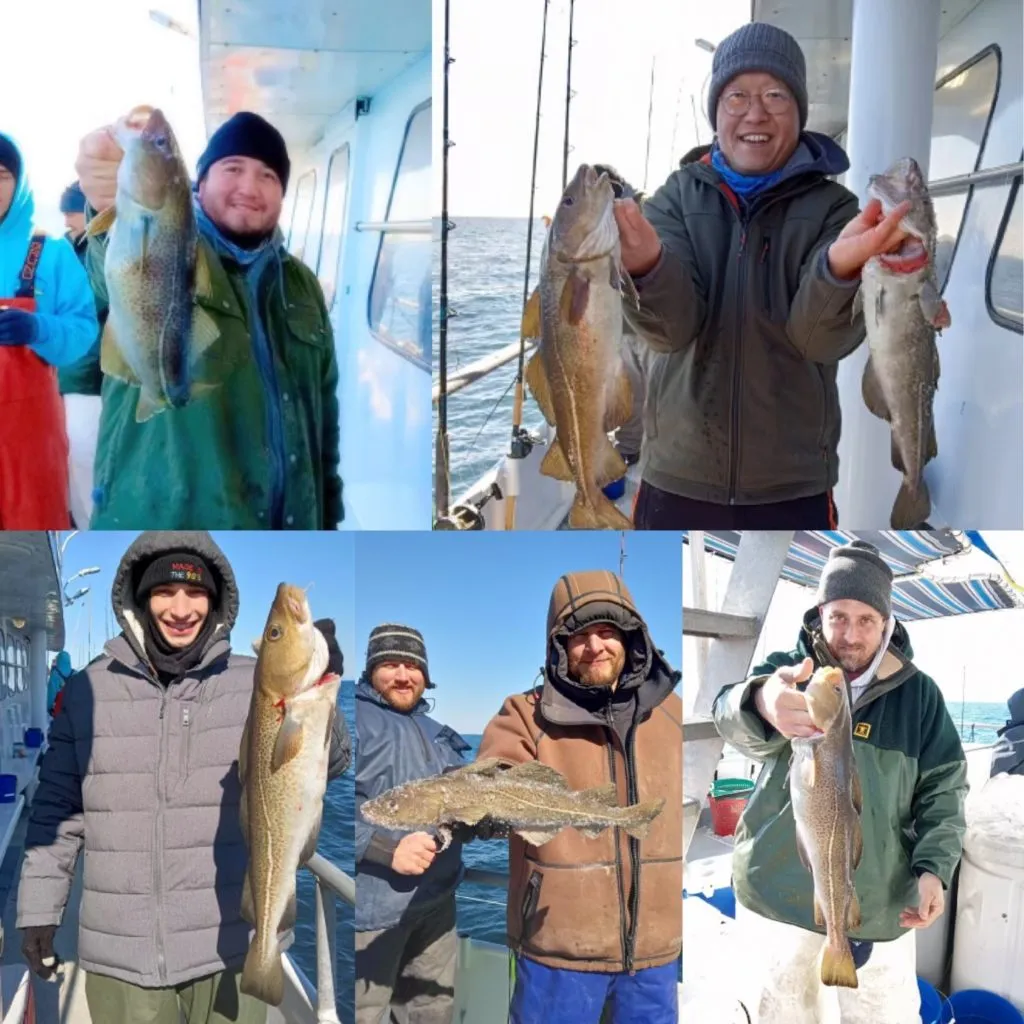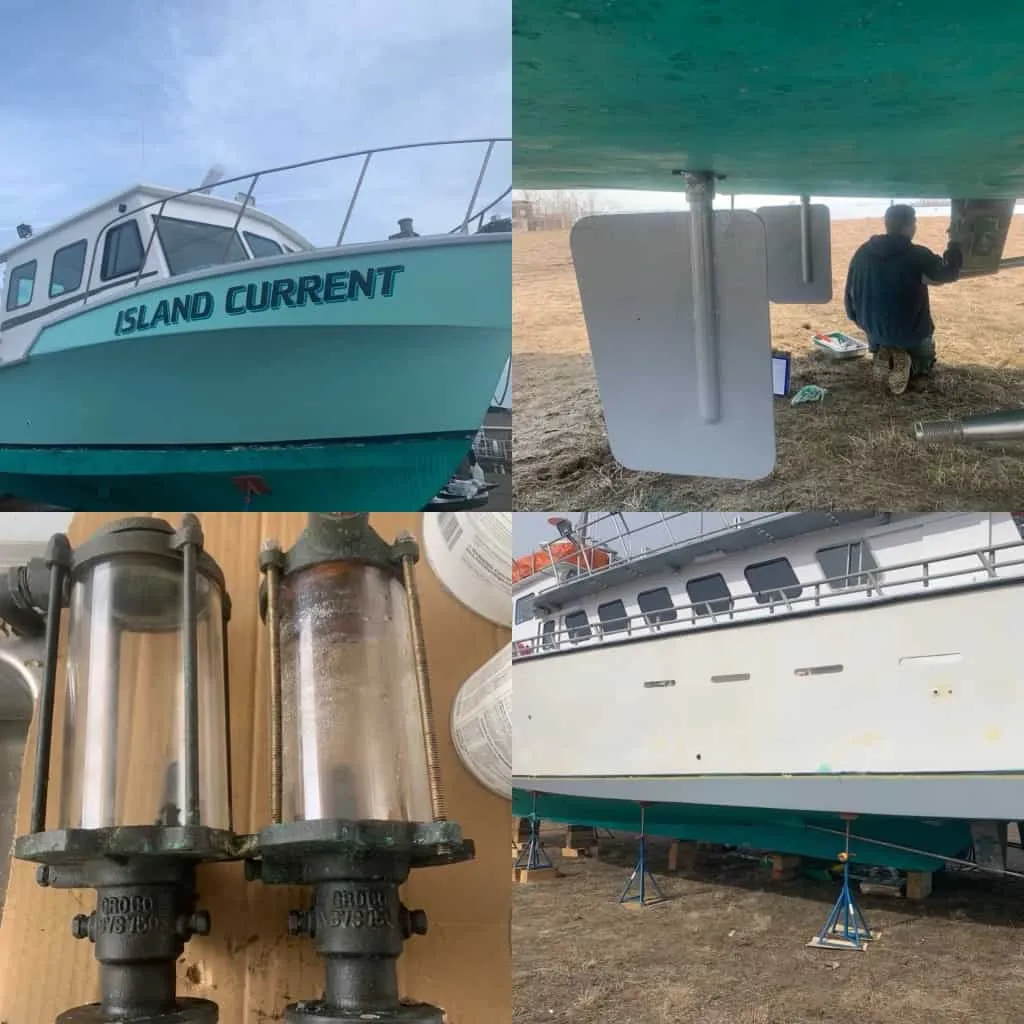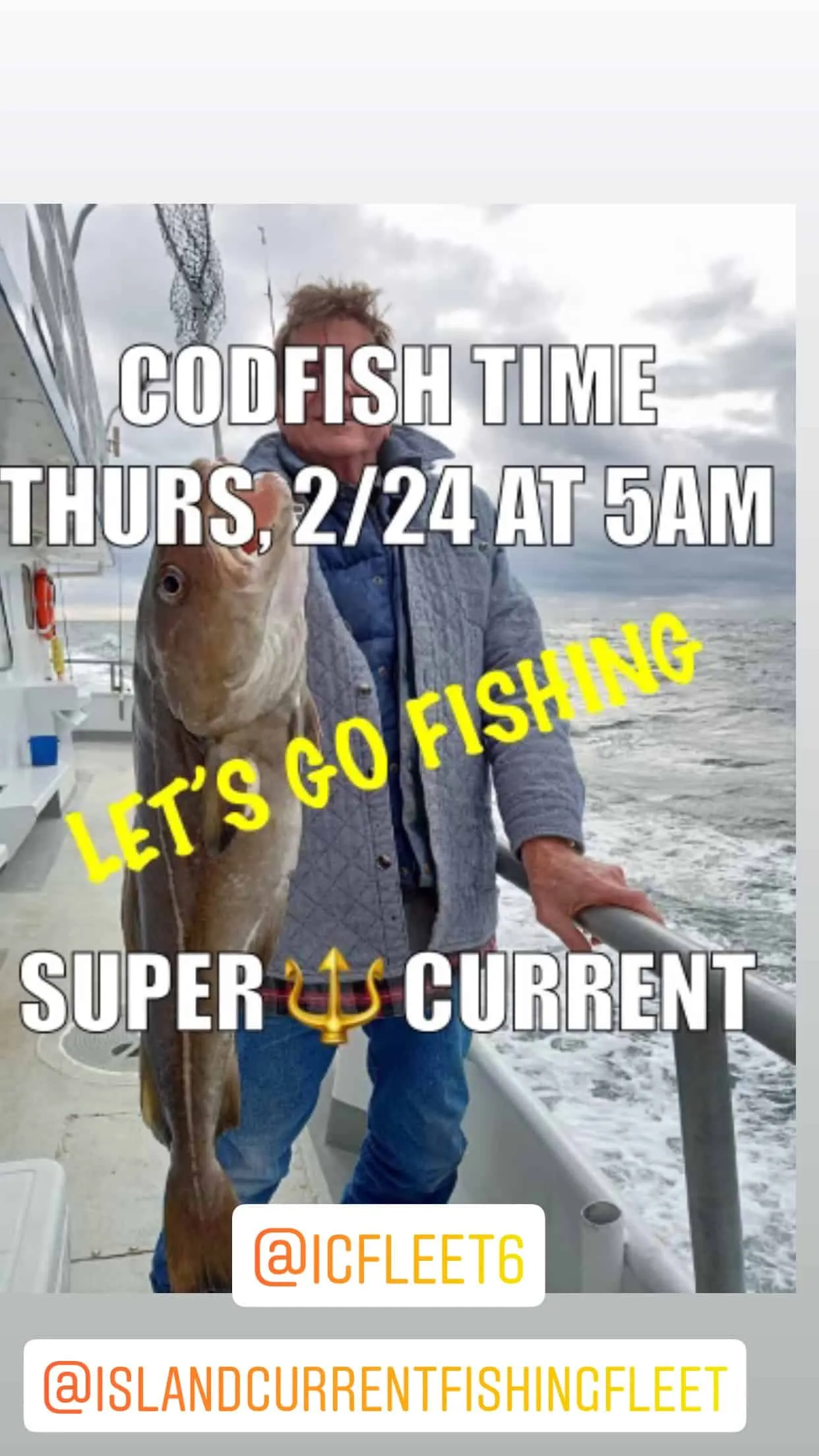Honeymoon Island Fishing Report Top 5 Tips!
Honeymoon Island, a gem on Florida’s Gulf Coast, offers anglers a fantastic fishing experience. With its pristine beaches, diverse marine life, and abundant fishing opportunities, it’s a haven for both novice and experienced fishermen. This Honeymoon Island fishing report provides the top 5 tips to make your fishing trip a success. From choosing the right spots to understanding local regulations, we’ve got you covered. Get ready to cast your line and reel in some memories! Whether you’re looking for a relaxing day on the water or a challenging angling adventure, Honeymoon Island has something for everyone. Let’s dive into how you can maximize your chances of a successful fishing trip.
Tip 1 Know the Best Fishing Spots
Identifying the right fishing spots is crucial for a productive day on the water. Honeymoon Island boasts various locations that attract different fish species. Researching and understanding these spots will significantly increase your chances of a successful catch. Pay close attention to areas with structure, such as docks, rock piles, and mangrove shorelines, as these tend to attract fish looking for shelter and food. Additionally, consider the time of day, as fish often move to different locations based on sunlight and temperature. Early mornings and late afternoons are usually prime times for fishing. Consulting with local experts or checking recent fishing reports can provide valuable insights into the most productive locations.
Identify Prime Locations

Prime locations on Honeymoon Island include the areas around the docks, the edges of the grass flats, and near the passes where water flows in and out. The Dunedin Causeway, which leads to the island, is also a popular spot. The shallow grass flats are excellent for targeting species like snook and redfish, especially during high tide when these fish venture into the shallows to feed. The passes, where currents are strong, often hold larger fish like tarpon and various species of jacks. Always be mindful of navigational hazards and the presence of other boaters or anglers.
Consider Tidal Patterns
Tidal patterns significantly impact fishing success. The movement of tides influences fish behavior and where they feed. Incoming tides often bring in baitfish, attracting larger predatory fish. Outgoing tides can concentrate fish in channels and passes as they move with the receding water. Before your fishing trip, check the tide charts for Honeymoon Island. Plan your fishing around the peak times of the tide. Fishing during the changing tides u2013 the periods when the tide is either coming in or going out u2013 is often the most productive. These periods create currents that stir up food and make fish more active.
Tip 2 Choose the Right Bait and Tackle
Selecting the right bait and tackle is fundamental to catching fish. The type of bait you use should depend on the target species and the prevailing conditions. Live bait often produces the best results, as it mimics the natural food sources of the fish. Artificial lures, such as soft plastic baits, crankbaits, and spoons, can also be highly effective. Ensuring your tackle is appropriate for the size of the fish you are targeting is also crucial. Using too light of tackle might result in a lost fish, while using too heavy tackle might spook them. Researching the preferred baits of the species you intend to catch is essential for a successful fishing experience.
Select Appropriate Baits

For Honeymoon Island, popular live baits include shrimp, greenbacks (small baitfish), and pinfish. Shrimp is a versatile bait that attracts a variety of species, while greenbacks and pinfish are particularly effective for targeting larger predators. Artificial lures should mimic the baitfish in the area. Soft plastic shrimp imitations, swimbaits, and jerk baits are popular choices. The color and size of your bait should be adapted to the water clarity and the species you are targeting. Consider using a popping cork with live bait to attract fish in the shallows. Always make sure your bait is fresh and properly rigged to maximize its effectiveness.
Use the Right Tackle
Your tackle should be matched to the species you intend to catch. For smaller species like snook and redfish, a medium-action spinning rod with 10- to 20-pound test line is usually sufficient. For larger species like tarpon or sharks, a heavier rod and line (30- to 50-pound test) are recommended. Ensure your reel is appropriately sized and in good working condition. Hooks should be sharp and of the correct size for your bait and target fish. A variety of weights, from split shots to egg sinkers, will be helpful for adjusting your presentation based on the depth and current. Always carry a landing net and a dehooker to safely handle and release fish.
Tip 3 Understand the Local Fish Species
Understanding the local fish species is critical for a successful fishing trip. Knowing the habits, preferences, and seasonal movements of different fish can significantly improve your chances of catching them. Honeymoon Island is home to a wide variety of species, each with its own unique characteristics. Researching the types of fish in the area, their preferred habitats, and their feeding patterns will help you choose the right bait, tackle, and fishing techniques. Also, familiarize yourself with any regulations regarding size limits, catch limits, and seasonal closures to ensure you’re fishing responsibly and legally. Knowledge is your best tool on the water.
Common Fish Species

Common fish species found around Honeymoon Island include snook, redfish, spotted seatrout, tarpon, sheepshead, and various species of jacks and grouper. Snook are often found near the mangroves and docks, while redfish prefer the grass flats. Spotted seatrout thrive in seagrass beds. Tarpon are known for their impressive size and acrobatic leaps, making them a thrilling catch. Sheepshead, with their distinctive stripes, are often found around structures like docks and pilings. Grouper species may be found in deeper waters and around reefs. Different species have different peak seasons, with some being more active during warmer months.
Seasonal Variations
Fish activity and species availability change with the seasons. In spring and summer, the waters warm up, and many species, including snook and tarpon, become more active. This is also the peak season for many baitfish, which attract larger predators. Fall and winter bring cooler temperatures, and certain species may move deeper or become less active. Redfish and speckled trout can still be found, but their feeding patterns might change. Always check recent fishing reports to learn which species are currently biting and adapt your fishing techniques accordingly. Local bait shops and fishing guides can provide valuable insights into seasonal variations and the best times to fish.
Tip 4 Follow Fishing Regulations
Following fishing regulations is essential for sustainable fishing and protecting marine ecosystems. Understanding and adhering to these rules ensures the health of the fish populations and allows future generations to enjoy the same fishing opportunities. Fishing regulations cover various aspects, including licenses and permits, size limits, catch limits, and seasonal closures. It’s your responsibility to know these regulations and to comply with them. Failing to follow these rules can result in fines and other penalties. Additionally, proper handling and releasing of fish, especially undersized ones, is crucial for conservation. Always prioritize ethical fishing practices.
Licenses and Permits

Before fishing in Honeymoon Island, you must have the required fishing licenses and permits. Florida requires a fishing license for anyone who fishes in saltwater. You can obtain a license online through the Florida Fish and Wildlife Conservation Commission (FWC) website, at local bait shops, or at some retail stores. The type of license you need depends on whether you are a resident or non-resident, the species you intend to catch, and the length of your fishing trip. Ensure you have your license with you while fishing, and be aware of any specific permits required for certain activities, such as harvesting shellfish.
Size and Catch Limits
Size and catch limits are in place to protect fish populations and ensure they can reproduce. The FWC sets these limits, which vary based on the species. Before keeping any fish, you must measure it to ensure it meets the minimum size requirements. Catch limits determine how many fish of each species you are allowed to keep per day. These limits are often adjusted based on the species’ conservation status. Familiarize yourself with these limits before you go fishing. If a fish is undersized or if you’ve reached your catch limit, you must release the fish carefully back into the water. Handling fish gently and returning them to the water quickly increases their chances of survival.
Tip 5 Stay Updated on Current Fishing Reports
Staying updated on current fishing reports is a key to maximizing your chances of success. Fishing conditions can change rapidly based on weather, tides, and other factors. Fishing reports provide real-time information about which species are biting, where they are being caught, and what baits and techniques are working best. These reports are typically compiled by local anglers, fishing guides, and bait shops, who have firsthand knowledge of the current fishing conditions. Regularly consulting these reports will help you adjust your fishing strategy and increase your chances of a successful day on the water. These reports are invaluable for planning your fishing trip and making informed decisions.
Online Resources

Several online resources provide up-to-date fishing reports for Honeymoon Island and the surrounding areas. Websites and apps offer detailed information about recent catches, including the species caught, the bait used, and the locations where the fish were caught. These resources often include user-submitted reports and photos, which can provide valuable insights. Social media groups and online forums dedicated to fishing in Florida can also be valuable sources of information. The FWC website provides updates on regulations and closures. Before your trip, check multiple sources to get a comprehensive picture of the current fishing conditions.
Local Bait Shops
Local bait shops are an excellent source of fishing information. The staff at bait shops are usually experienced anglers with detailed knowledge of the local fishing conditions. They can provide up-to-date reports on what’s biting, what bait is working, and where to find the fish. They can also offer advice on tackle, techniques, and fishing regulations. Visiting a local bait shop before your fishing trip can be very beneficial. You can purchase bait and tackle, get advice from experienced anglers, and learn about any recent changes in fishing conditions. The friendly service and local expertise make bait shops a valuable resource for any angler visiting Honeymoon Island.
In conclusion, Honeymoon Island offers an unforgettable fishing experience. By following these top 5 tips u2013 knowing the best fishing spots, choosing the right bait and tackle, understanding the local fish species, adhering to fishing regulations, and staying updated on current fishing reports u2013 you will significantly increase your chances of a successful and enjoyable fishing trip. Remember to respect the environment, practice responsible fishing, and most importantly, have fun! Happy fishing on Honeymoon Island!
